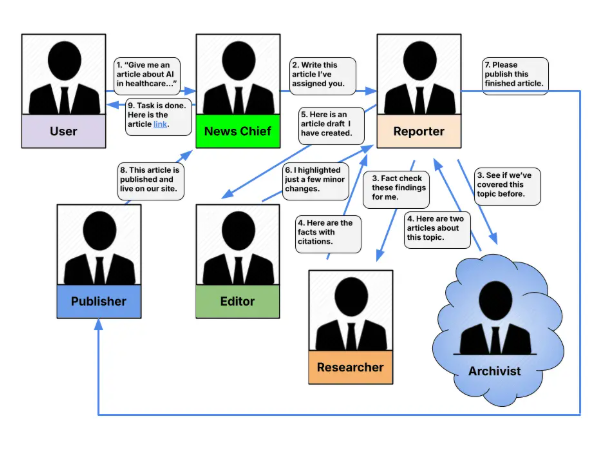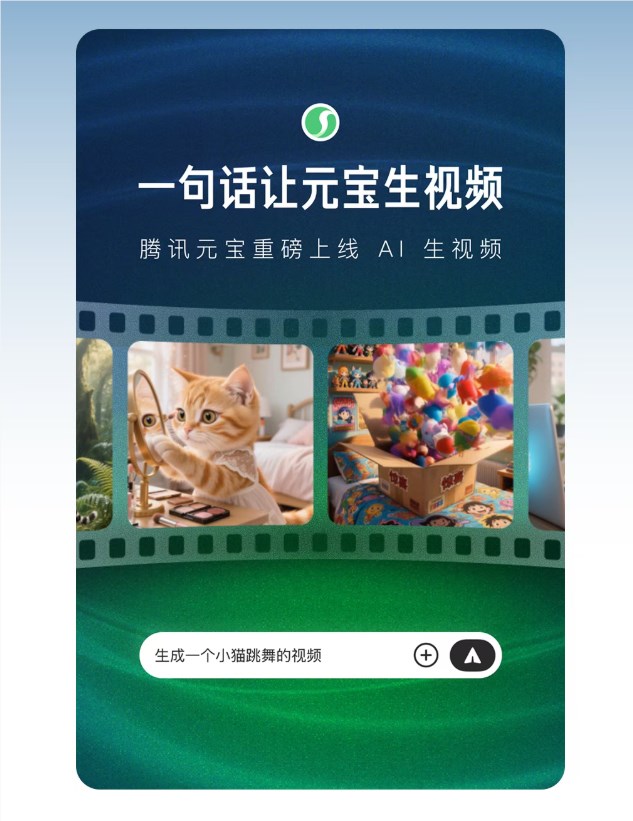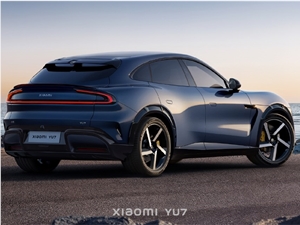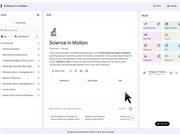With significant advancements in text-to-video generation technology, how to generate semantic and temporally consistent audio content from video input has become a hot topic among researchers. Recently, the research team from Tencent's AI Lab has launched a new model called "Implicit Alignment Video to Audio Generation" - VTA-LDM, which aims to provide an efficient audio generation solution.

Project Access: https://top.aibase.com/tool/vta-ldm
The core concept of the VTA-LDM model is to use implicit alignment technology to match the generated audio with the video content in terms of semantics and time. This approach not only improves the quality of audio generation but also expands the application scenarios of video generation technology. The research team has deeply explored the model design, combining various technical means to ensure the accuracy and consistency of the generated audio.
This research focuses on analyzing three key aspects: visual encoder, auxiliary embedding, and data augmentation techniques. The research team first established a basic model and then conducted a large number of ablation experiments on this basis to evaluate the impact of different visual encoders and auxiliary embeddings on the generation effect. The results of these experiments show that the model performs excellently in terms of generation quality and video-to-audio synchronization alignment, reaching the forefront of current technology.
In terms of inference, users only need to place the video segment in the specified data directory and run the provided inference script to generate the corresponding audio content. The research team also provides a set of tools that help users merge the generated audio with the original video, further enhancing the convenience of application.
The VTA-LDM model currently provides multiple different model versions to meet different research needs. These models cover basic models and various enhanced models, aiming to offer users flexible options to adapt to various experimental and application scenarios.
The launch of the VTA-LDM model marks an important progress in the field of video-to-audio generation. Researchers expect to promote the development of related technologies and create more diverse application possibilities through this model.
## Highlights:
- 🎬 The research focuses on generating audio content that aligns with video input in terms of semantics and time.
- 🔍 It explores the importance of visual encoders, auxiliary embedding, and data augmentation techniques in the generation process.
- 📈 Experimental results show that the model has reached an advanced level in the field of video-to-audio generation, promoting the development of related technologies.








